The housing market, a critical component of any economy, often experiences fluctuations that can lead to significant financial implications. Housing market crashes, characterized by a sharp decline in home prices and a subsequent economic downturn, have occurred several times throughout history. Understanding these events can provide insight into the factors that contribute to market instability and the impact these crashes have on the broader economy.
Table of Contents
The Great Depression (1929)
The Great Depression, beginning in 1929, is one of the earliest and most significant examples of a housing market crash. The economic downturn started with the stock market crash in October 1929, which led to a severe decline in consumer confidence and spending. The housing market was not immune to these effects; home prices plummeted, and many Americans lost their homes due to foreclosures.
The speculative bubble in the stock market during the 1920s had extended to the housing market, with many purchasing homes on credit. When the bubble burst, the consequences were devastating, resulting in widespread financial ruin and unemployment. The housing market did not recover fully until after World War II, highlighting the long-lasting impact of the crash.
The Savings and Loan Crisis (1980s-1990s)
The Savings and Loan Crisis, which unfolded during the 1980s and early 1990s, was another significant housing market crash. The crisis was primarily caused by the deregulation of the savings and loan industry, allowing these institutions to engage in riskier lending practices.
As interest rates rose sharply during this period, many savings and loans found themselves with negative net worth, unable to cover their liabilities. This led to a wave of defaults and foreclosures, severely impacting the housing market. The federal government intervened with a bailout package, but the crisis resulted in the insolvency of over a thousand savings and loan institutions.
The Japanese Asset Price Bubble (1986-1991)
Japan experienced a significant housing market crash during the late 1980s and early 1990s, known as the Japanese Asset Price Bubble. During this period, real estate and stock market prices soared to unsustainable levels, driven by speculative investment and loose monetary policy.
The bubble burst in 1991, leading to a dramatic decline in asset prices. The real estate market was particularly hard hit, with property values dropping by as much as 80% in some areas. This crash contributed to what is often referred to as Japan’s “Lost Decade,” a period of economic stagnation that persisted through the 1990s.
The Global Financial Crisis (2007-2008)
The Global Financial Crisis of 2007-2008 is perhaps the most well-known housing market crash in recent history. It was triggered by the collapse of the United States housing bubble, largely driven by subprime mortgage lending and the proliferation of complex financial products like mortgage-backed securities.
As housing prices began to fall, homeowners found themselves owing more on their mortgages than their homes were worth, leading to a spike in foreclosures. The crisis quickly spread to financial institutions worldwide, resulting in a global economic downturn and significant government interventions to stabilize the financial system.
The impact of the Global Financial Crisis was felt for many years, with lingering effects on employment, economic growth, and housing markets worldwide.
Lessons Learned from Past Crashes
Each of these historical housing market crashes provides valuable lessons on the importance of financial regulation, responsible lending, and the dangers of speculative investment. Common themes emerge from these events, such as the role of excessive debt, the impact of interest rate changes, and the need for government oversight in maintaining financial stability.
While it’s challenging to predict future housing market crashes, understanding past events can help policymakers, financial institutions, and consumers make more informed decisions to mitigate risks and protect against future downturns.
Conclusion
Housing market crashes have occurred throughout history, each with its unique causes and consequences. From the Great Depression to the Global Financial Crisis, these events have had profound impacts on economies and individuals alike. By examining these historical examples, we can gain a deeper understanding of the factors that contribute to market instability and the measures that can be taken to prevent future crashes.
Disclaimer: This article is for informational purposes only and should not be considered as financial advice. For professional guidance, please consult a financial advisor.
Related Questions
- What are the key indicators of a housing market bubble?
- How do interest rates impact the housing market?
- What steps can homeowners take to protect themselves during a housing market crash?
- How do government policies affect the housing market?
- What are the global implications of a housing market crash?


